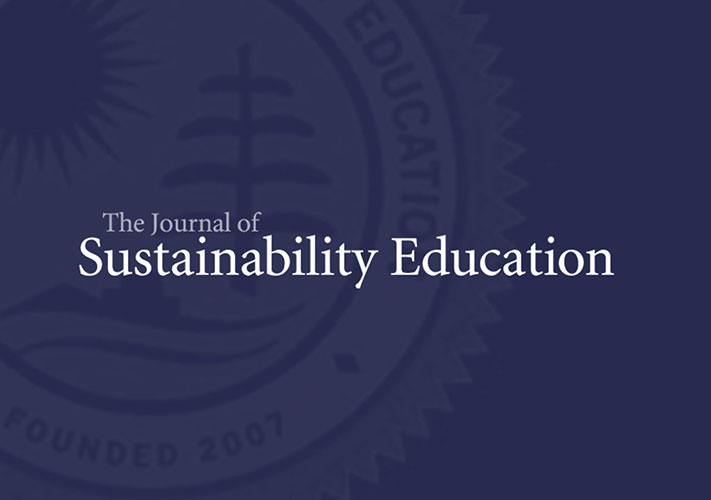Indigenizing Sustainabilities, Sustaining Indigeneities: Decolonization, Sustainability, and Education
Overview
Today, as I write this on a chilly April morning in Kentucky, three well known Sámi activists (Beaska Niillas, Niillas Holmberg, & Aslak Heika Hætta Bjørn Fovssenis) blocked a backcountry road in Norway with a lávvu (a tipi-like tent used by reindeer herders) in protest of the development of Europe’s largest “wind park.” Constructed on Sámi lands to power Nordic infrastructure, such projects are known to destabilize crucial habitats, disrupt reindeer migration routes, bring settlers and heavy industry into Sámi territories, and destroy Sámi sacred and historic sites. With another massive wind-park project planned in Sweden, a proposed new arctic rail-line in Finland, and increasingly harsh restrictions on traditional fishing on the Deatnu River, in recent years colonization has found favor amongst settler populations whilst wearing a green mask. What is presented as “green salvation” too often is in effect “green colonialism.” Perhaps this should be of little surprise, since sustainability discourses have historically evolved within the context of colonial and capitalist states, and they are often complicit—if not overly weaponized—in the advancement of colonial agendas.
This world is one my family has long known. I grew up as a settler on Anishinaabe lands in northern Wisconsin, but I was raised with a strong sense of identity that connected me to my mixed Finnish and Sámi roots. Such an identity is complex for many of us in the Sámi American community, caught somewhere between settler and Indigenous, “real” Sámi and Sámi descendent, and the positives and negatives of non-recognition by outsiders (Jensen, forthcoming). Although Sámi American identity can take shape in many ways, for me at least, it has always come down to the environmental worldview and our ways of being in the world that I inherited from my father and his family that profoundly shaped who I am today. Our lives are still structured and shaped by the seasons and the weather, by maple runs and fish spawns, by wild berries and late frosts, by deer activity and bird migrations, by the depth of our relationship to snow and ice (which in the Sámi languages is known by hundreds of words), by the places we understand as important and sacred. The forest and waters are how we think, how we communicate, and who we are, in ways too profound and complex to fully elucidate here.









